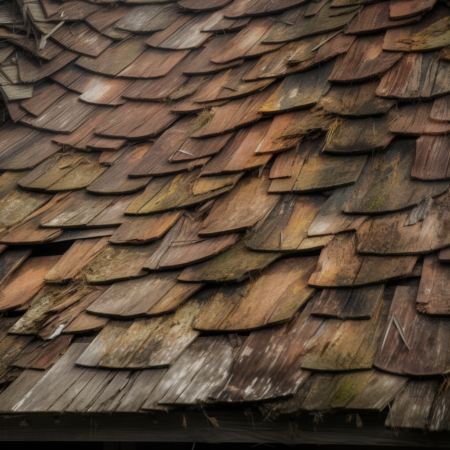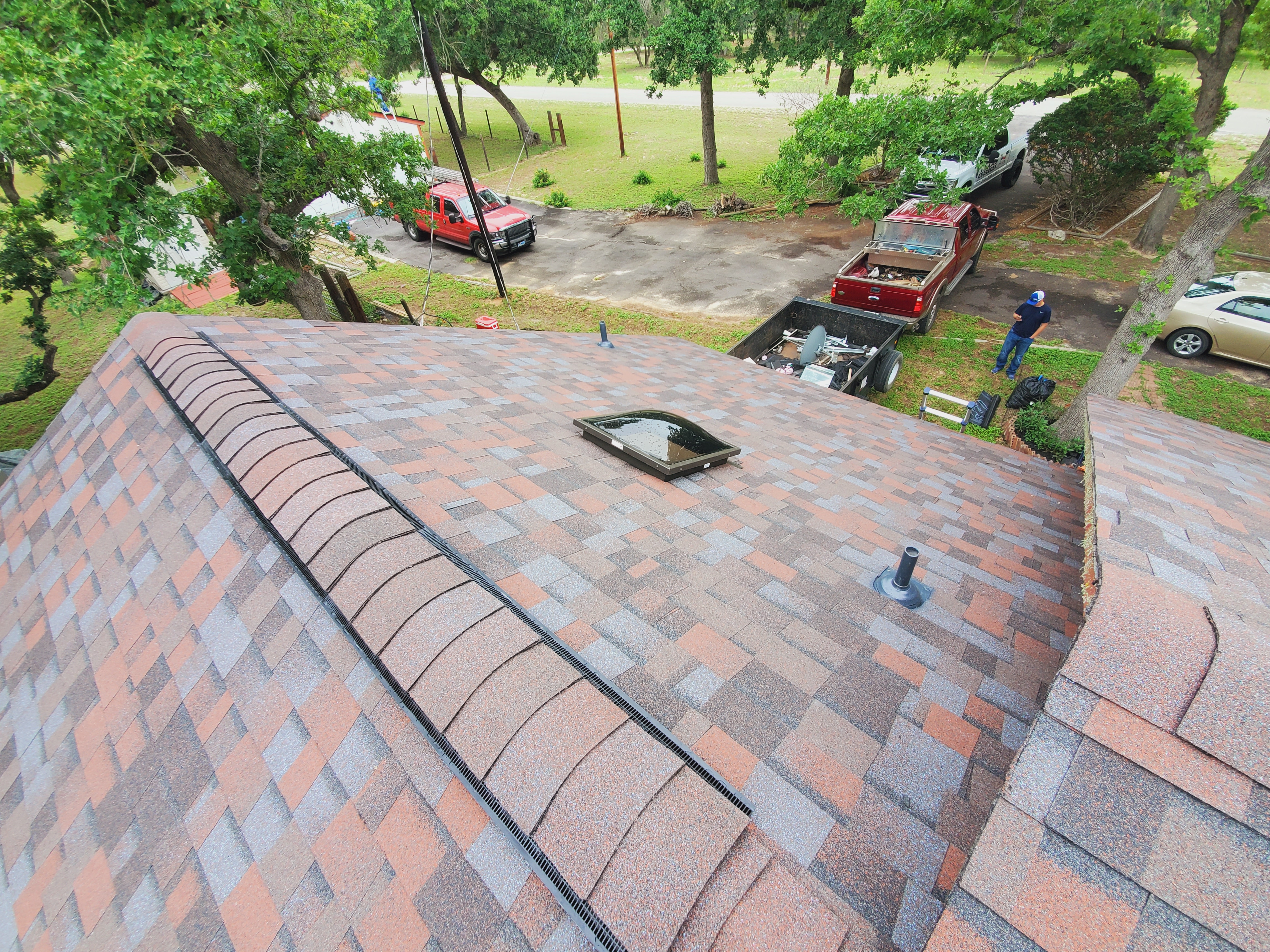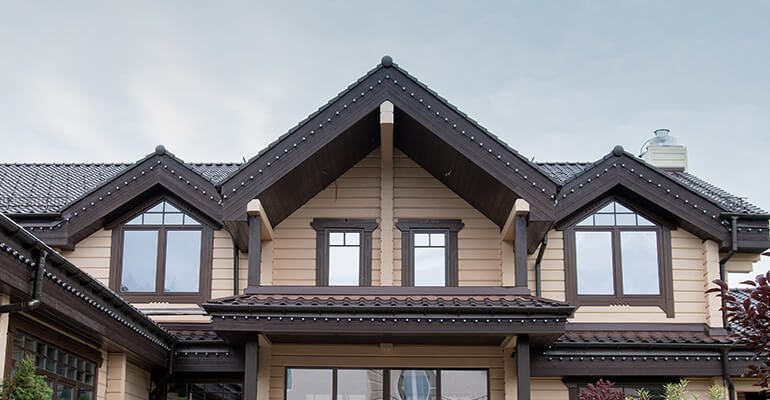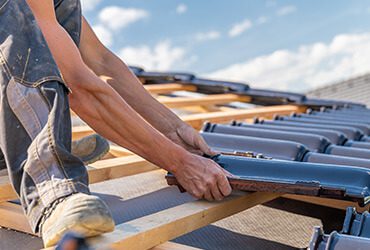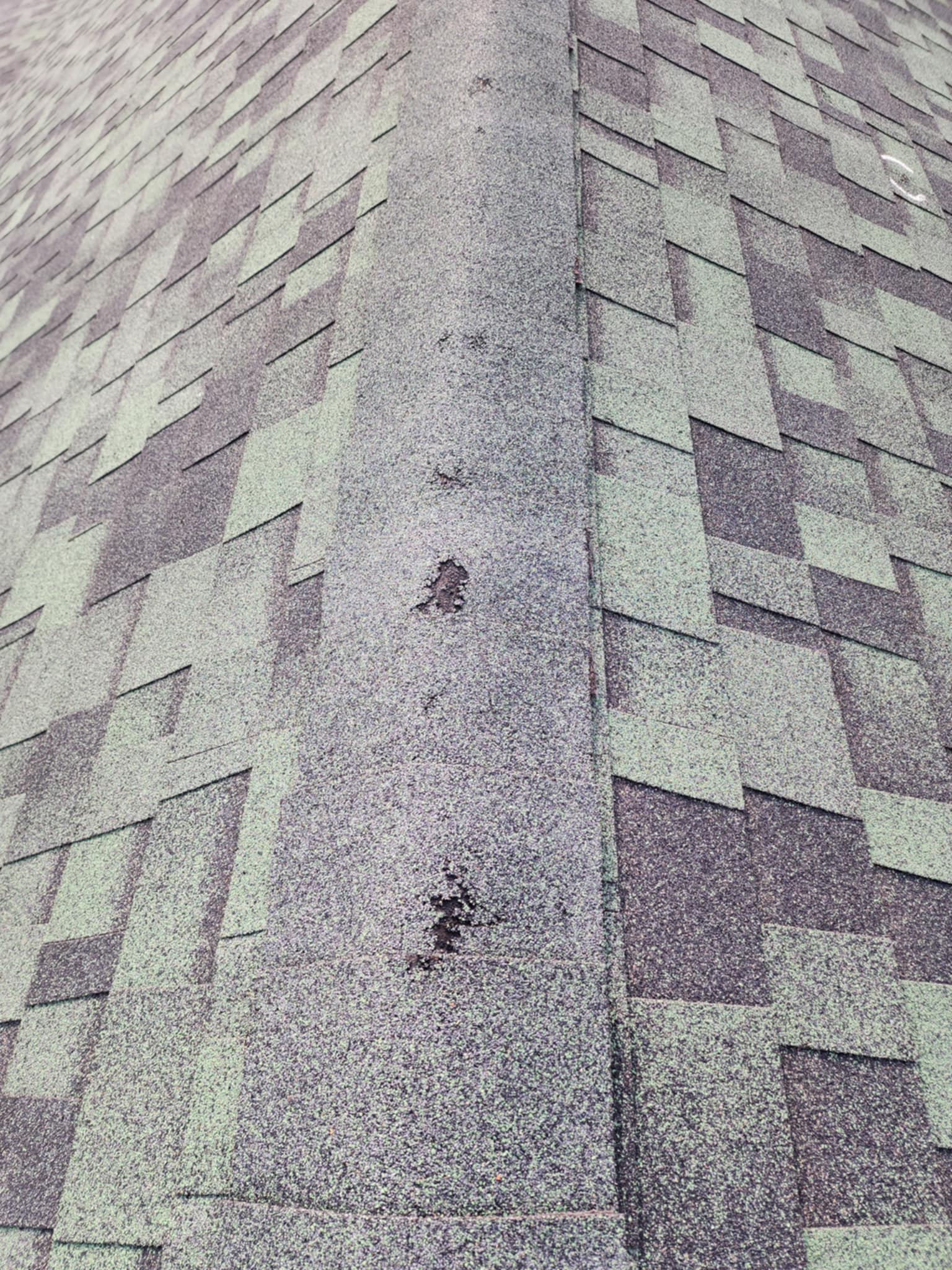Your roof is an essential part of your home, protecting you and your family from the elements. However, over time, your roof can become damaged due to a variety of causes. In this article, we will discuss the top 5 causes of roof damage and how you can avoid them to keep your roof in top condition.
- Poor Installation
One of the most common causes of roof damage is poor installation. If your roof is not installed correctly, it can lead to a range of problems, including leaks and water damage. To avoid this, make sure you choose a reputable roofing contractor like Texas Roofing with a proven track record of quality installations. - Weather Conditions
Extreme weather conditions like heavy rain, snow, hail, and high winds can cause significant damage to your roof. While you can’t control the weather, you can take steps to prepare your roof for these conditions. Regular maintenance, including inspections and repairs, can help prevent weather-related damage. - Lack of Maintenance
Regular maintenance is a crucial aspect of ensuring that your roof remains in good condition for years to come. Over time, your roof is exposed to various elements such as sun, wind, rain, and snow, which can cause wear and tear. If you neglect to maintain your roof, it can lead to a buildup of debris and damage to your shingles, which can result in leaks and other issues.
To keep your roof in top condition, it is important to schedule regular inspections and cleanings. During inspections, roofing professionals can identify any issues with your roof, such as missing or damaged shingles, cracked flashings, or areas with excessive wear and tear. Early detection of such issues can save you money on costly repairs in the long run.
Cleaning your roof regularly is also essential. Debris such as leaves, twigs, and branches can accumulate on your roof and clog gutters and downspouts, which can cause water to back up and damage your roof. Regular cleaning helps to prevent such issues and ensures that your roof remains in top condition.
Another aspect of roof maintenance is to ensure proper ventilation. Poor ventilation can cause a buildup of heat and moisture in your attic, which can lead to damage to your shingles, insulation, and other roofing materials. A roofing professional can inspect your attic and roof ventilation system to ensure that it is working properly and make any necessary adjustments. - Tree Damage
Trees can provide shade and beauty to your property, but they can also cause significant damage to your roof. Falling branches or debris can damage your shingles or puncture your roof, leading to leaks and other issues. Trim any trees near your roof regularly to avoid damage. - Aging
Over time, even the best-built roofs will age and deteriorate. The older your roof gets, the more susceptible it becomes to damage from weather, lack of maintenance, and other factors. If your roof is reaching the end of its lifespan, consider having it replaced by Texas Roofing to avoid potential problems.
In conclusion, taking steps to avoid these top 5 causes of roof damage can help keep your roof in excellent condition for years to come. If you suspect that your roof has been damaged, contact Texas Roofing for a professional inspection and repairs.

